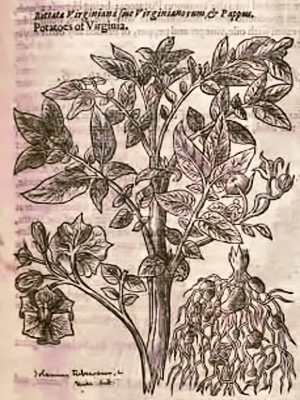Recently, I found myself in an engaging conversation with a Northern Irishman about regional delicacies, and I couldn’t help but mention the unique butter pie. To my surprise, he had never heard of this local treat! Butter pies are a staple in Lancashire, particularly enjoyed on fast days when meat consumption is off the table.
Given that Lancashire has a rich Catholic heritage, it’s no wonder that fish and chip shops thrive here, catering to the tradition of eating fish on Fridays.
What is a Butter Pie?
So, what exactly is a butter pie? It’s a delightful alternative to meat pies, filled with buttery mashed potatoes and onions. This simple yet satisfying dish showcases the versatility of the humble potato, which has become a staple food in many cultures. Interestingly, when potatoes first arrived in Europe from the Americas, they faced skepticism.

Protestants shunned them because they weren’t mentioned in the Bible, while Catholics insisted on sprinkling them with Holy Water before planting. Despite these initial reservations, potatoes eventually became a beloved ingredient, thanks to their adaptability in various recipes.
Origins of the Term “Spud”
The term “spud” has a fascinating etymology. It derives from words like “spade,” referring to something short and blunt. Historically, a “spud” was a small digging tool or dagger. Samuel Pepys even mentioned using a “spudd” in his diary in 1667 to lift the ground. The word has evolved, and today, “spud” affectionately refers to potatoes. In some contexts, “pud” can also mean a fist, particularly among children, and is an old term for sausage, as seen in dishes like black pudding.
Intriguing Black Pudding
Speaking of black pudding, this traditional Lancashire favorite is made from a mixture of oatmeal, onions, spices, diced fat, and, yes, pig’s blood. While the thought of blood sausage may make some squeamish, it’s a delicacy enjoyed worldwide. From Germany’s blutwurst to Spain’s morcilla, blood sausages have a rich culinary history. Interestingly, the Latin word for sausage, botulus, is the root of the term “botulism,” a serious foodborne illness.
The connection between black pudding and botulism is a cautionary tale. German doctor Justinus Kerner identified the botulinum toxin in improperly cooked blood sausages, leading to the term “sausage disease.” However, it wasn’t until Belgian microbiologist Emile van Ermengem isolated the bacterium responsible for botulism that the link was firmly established. His research followed a tragic incident involving a contaminated ham that poisoned musicians at a funeral dinner.
Dangers of Botulism
Botulism is a severe illness that causes muscular paralysis, starting with facial muscles and potentially leading to respiratory failure. However, in tiny doses, the botulinum toxin has found a surprising application in cosmetics, leading to the popular treatment known as Botox. This transformation from a deadly toxin to a beauty treatment is a remarkable twist in the story of food safety.
Bangers and Mash: A Classic Dish
Returning to the culinary delights of Lancashire, let’s talk about bangers and mash. This classic dish features sausages served with creamy mashed potatoes. The term “bangers” originated from the tendency of cheap sausages to burst or “bang” when cooked. To avoid disappointment, it’s wise to invest in high-quality sausages from a reputable butcher. For instance, Cowman’s Sausage Shop on Castle Street in Clitheroe is renowned for its exceptional sausages, a testament to the region’s commitment to quality.
Toad in the Hole: A Whimsical Dish
Another beloved dish is Toad in the Hole, which consists of sausages baked in Yorkshire pudding batter and served with rich onion gravy. Despite its whimsical name, it has nothing to do with actual toads. Instead, it’s a cheeky euphemism for a certain four-letter word that starts with “t” and ends with “d.” If you can picture a cooked sausage, you might just get the pun!
Conclusion: A Culinary Journey Through Lancashire
In conclusion, exploring the culinary traditions of Lancashire reveals a rich tapestry of flavors and history. From butter pies to black pudding, each dish tells a story of cultural evolution and regional pride. So, whether you’re a local or a visitor, don’t miss the chance to savor these delightful delicacies. Embrace the flavors of Lancashire, and you might just discover a new favorite dish!